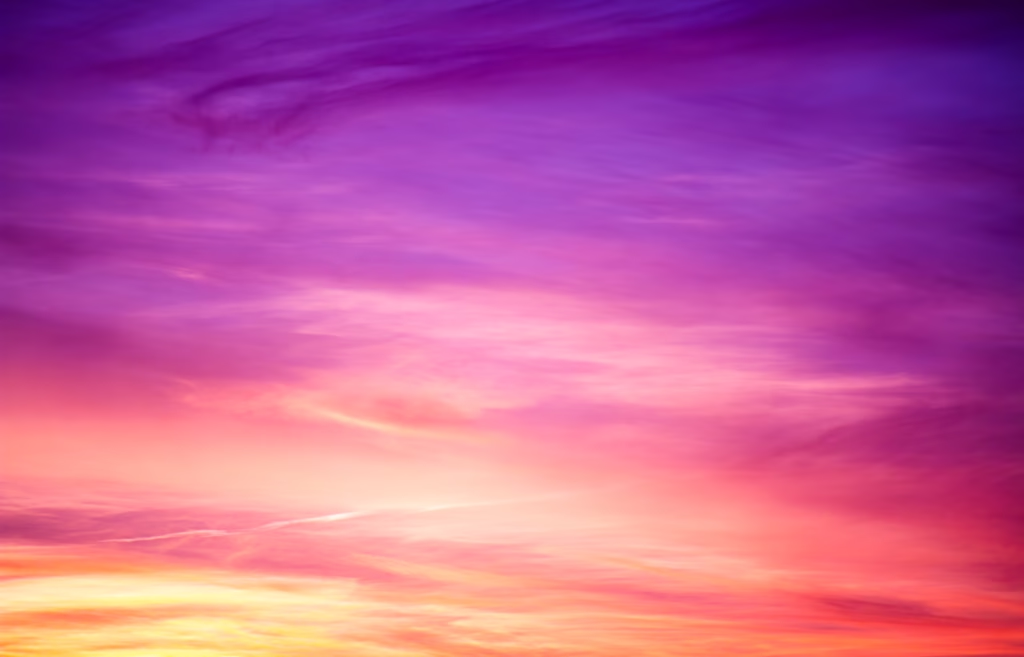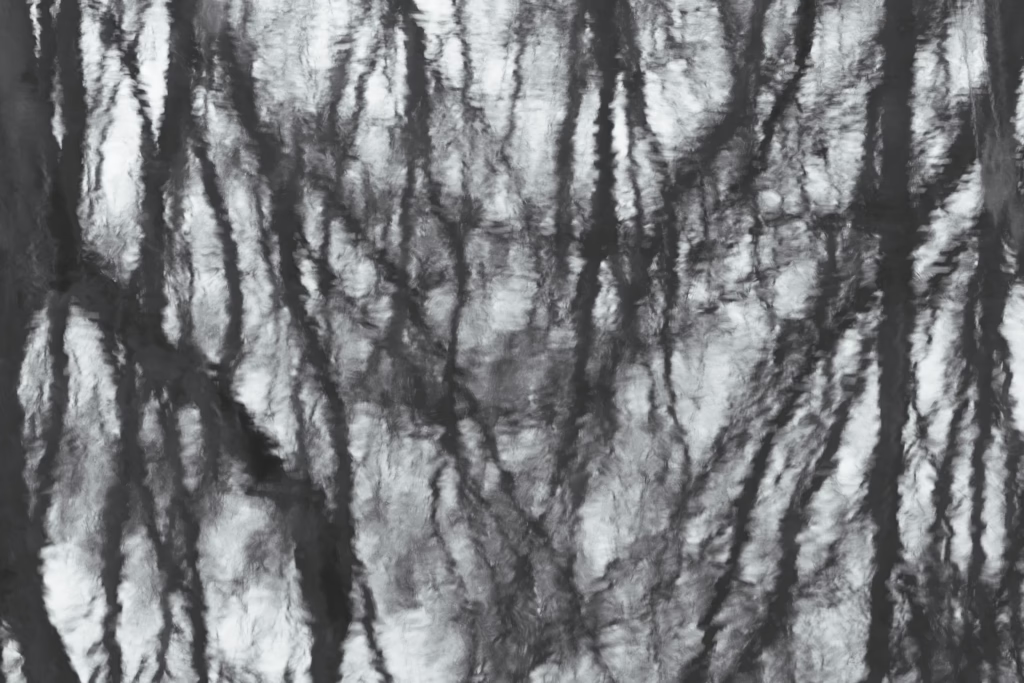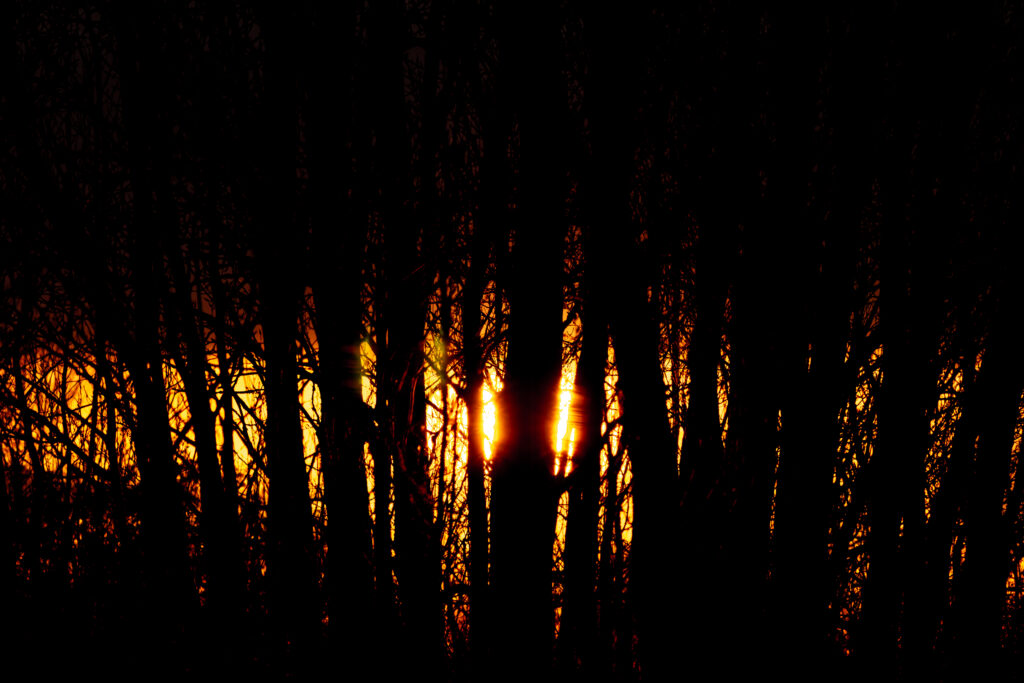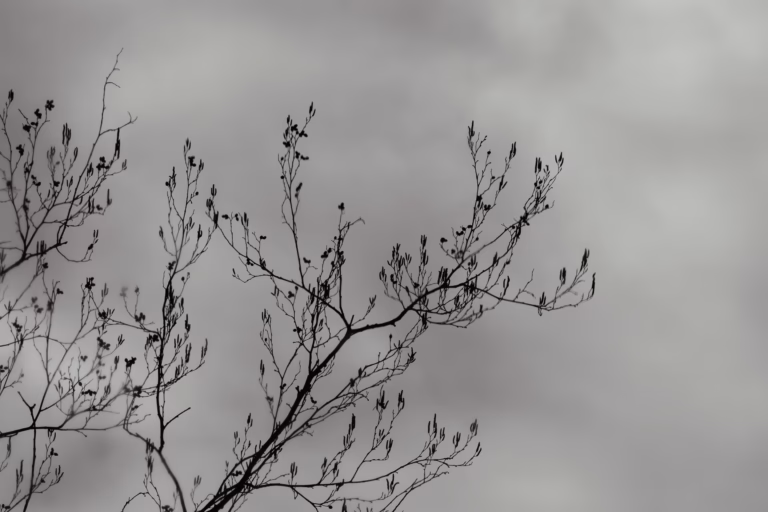When we think of photography, we often picture landscapes, portraits, wildlife, or street scenes — images that are grounded in the recognizable and real. But there’s a genre that invites us to step away from the literal and immerse ourselves in mood, form, and texture: abstract photography.

What Is Abstract Photography?
Abstract photography, also called non-objective or experimental photography, is about transforming the ordinary into something unexpected. It’s not about documenting reality, but about evoking emotion, curiosity, and sometimes confusion — in the best possible way.
Instead of focusing on clear subjects, abstract images highlight:
Patterns and textures
Light and shadow
Motion blur or distortion
Color contrasts
Reflections and refractions
The result is often something visually intriguing — a photo that doesn’t immediately “make sense,” but draws the viewer in for a longer look.
Where to Find Abstract Subjects
The beauty of abstract photography is that it can be done anywhere. You don’t need exotic locations or expensive gear. What you need is a shift in perspective.
Water reflections: Rippling surfaces or mirrored trees in a pond can look like brushstrokes on a canvas.
Tree bark: Close-ups of rough textures can resemble alien landscapes.
Rusty metal, peeling paint, broken glass: Decay often reveals unexpectedly beautiful shapes and colors.
Urban details: Shadows cast on concrete, raindrops on windows, or light bouncing off a wet street.
Once you start looking through an abstract lens, you’ll find potential subjects all around you.


How to Capture Abstract Images
There are no strict rules in abstract photography, but a few techniques can help:
Use a macro lens or get very close to isolate textures and details.
Play with focus — blur can often make an image more powerful.
Experiment with light — backlighting, silhouettes, and shadows can create drama.
Try unusual angles — shoot from above, below, or sideways to change context.
Edit creatively — use black and white, increase contrast, or shift colors slightly to emphasize mood.
Why I Love Abstract Photography
For me, abstract photography is more than just a style—it’s a way of seeing the world differently. It invites a deeper level of engagement with my surroundings, encouraging me to slow down and observe the details that often go unnoticed in everyday life. When I pick up my camera with the intention of capturing abstract images, I’m not just taking photos; I’m embarking on a visual exploration where imagination and reality blend.
I love how abstract photography removes the pressure of capturing “perfect” or “literal” scenes. Instead, it opens the door to experimentation. There are no strict rules or expectations—just endless possibilities to interpret light, shapes, colors, and textures. This freedom makes every shoot feel like an adventure, where surprises await in the most unexpected places.
There’s also something deeply meditative about abstract photography. It encourages mindfulness. I find myself focusing on the subtle play of light on a surface, the intricate patterns of tree bark, or the reflections dancing on water. In those moments, the world simplifies into shapes and shadows, and my mind quiets down. It’s a creative form of meditation, helping me connect with the present moment and my own artistic intuition.
Abstract images often evoke emotion without telling a straightforward story. This ambiguity fascinates me. It allows viewers to bring their own experiences and feelings into the interpretation, making each photo a shared, personal experience between the photographer and the audience. I love that my work can spark curiosity and invite others to see beauty in the abstract — in things they might otherwise overlook.
Ultimately, abstract photography celebrates the unexpected and the imperfect. It reminds me that beauty isn’t always found in grand vistas or famous landmarks—it’s hidden in textures, patterns, and moments that challenge us to look beyond the surface. This perspective constantly renews my passion for photography and keeps me excited to explore new subjects and techniques.

Final Thoughts
Abstract photography isn’t about what you see — it’s about how you see. It’s an invitation to let go of definitions and embrace interpretation. Whether you’re a beginner or a seasoned photographer, exploring abstract imagery can unlock a new layer of creativity.
So next time you’re out with your camera, zoom in, look closer, tilt your head, and let the shapes and textures speak.
